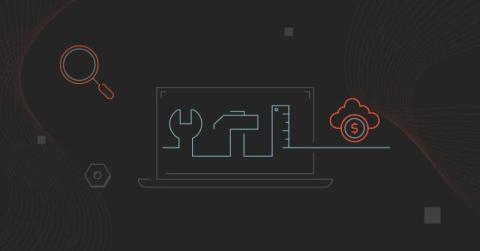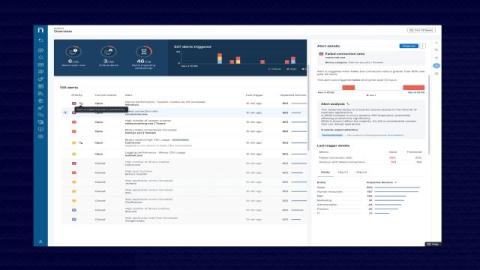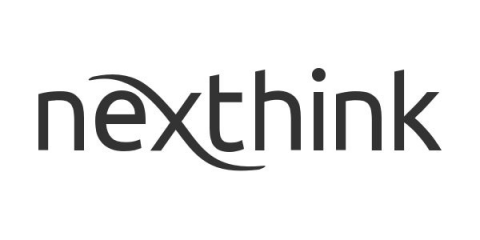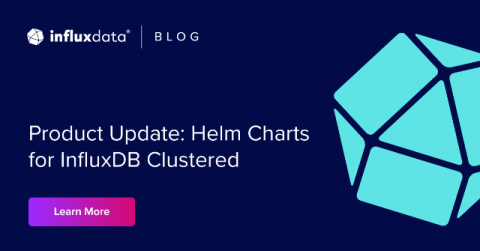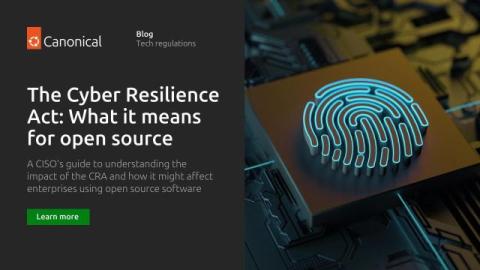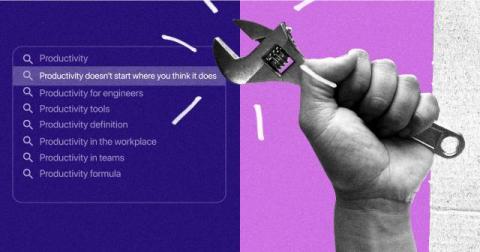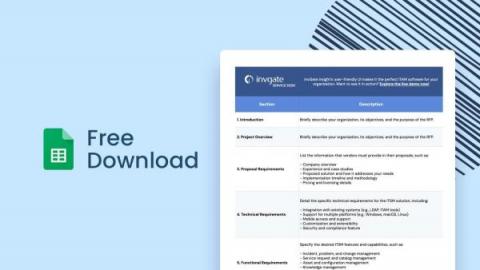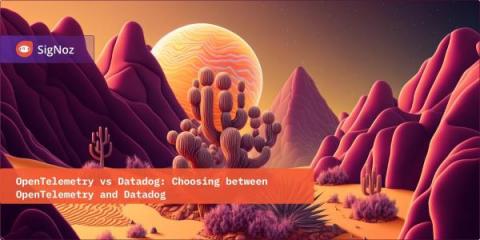11 Cloud Automation Tools Powering The Future Of SaaS
Gartner predicts that by the end of 2025, 80% of organizations will use cloud automation tools to orchestrate workloads. The firm also forecasts that spending on public cloud services will hit $679 billion by the end of 2024, with SaaS leading the cloud computing market. This surge in cloud spending will shape the future of SaaS, and cloud automation tools will play a key role in this transformation.


